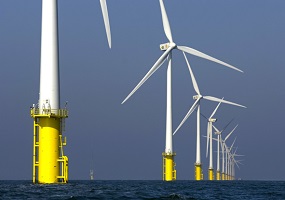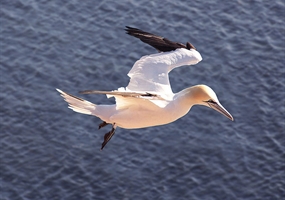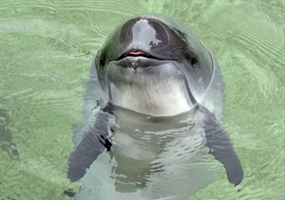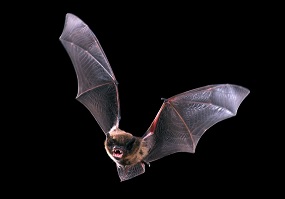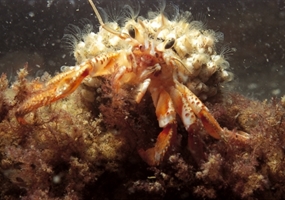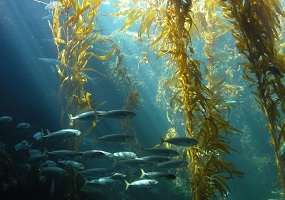Wozep ecological programme
Although offshore wind contributes to the establishment of sustainable energy supplies, major ecological effects must be prevented. Knowledge is needed to assess any impact. Before 2016, wind farm owners who were awarded permits were also required to monitor and investigate the effects. Starting in 2016, Rijkswaterstaat initiated a central and long-term research programme on behalf of the Ministry of Climate Policy and Green Growth: Wozep (2016 - 2023 with an extension until 2030). So far, the research has generated important insights into how wind farms affect birds, bats and marine mammals. This website tells you all about the background, the research programme and strategy, and the results of the various Wozep projects.
Would you like to know more about the Wozep-projects? View the Summary multi-annual plan Programma Wozep (pdf, 443 kB).

Wozep newsletter
After the publication of Wozep newsletter 4, it was decided that further newsletters are published in Dutch. You can find these newsletters and the subscription form on this page.
Background
Wozep was established to expand the knowledge base about how wind farms affect protected species so that it will be possible to arrive at the best possible estimate of the ecological impact during the preparations for new road maps (proposed areas for wind farms in the years to come). A cumulative effect assessment is therefore being made to determine whether the proposed wind farms (and those in place) will have a significant impact on the numbers of the protected birds, bats and marine mammals. The cumulative effect assessment is made with the KEC (Framework for Assessing Ecological and Cumulative Effects). The Wozep research results are used to improve these KEC calculations
Monitoring and research
The primary focus of Wozep is on the protected species that are directly affected by the wind turbines. The concerns here are collisions of birds and bats with turbines, birds avoiding the wind farms, the effect of underwater noise on harbour porpoises and seals, and the possible effect of electromagnetic fields around the cables. Secondly, there is research looking at changes in the habitats of marine mammals and birds associated with the arrival of the wind farms. Changes in these habitats (amount of food available, resting place, settlement options for benthos) can also have an effect on the numbers and condition of the animals referred to here. And finally, since 2018, Wozep has also been using models to look at the possible impact of wind farms on physical processes (waves, currents, turbidity, etc.) in the North Sea. These physical processes constitute the basis of the North Sea ecosystem and they affect the food web and ultimately the vulnerable species.
